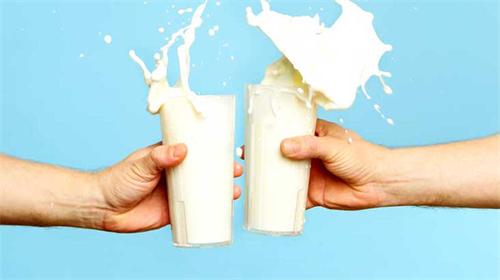The Dietary Debate Over Raw Milk

In recent years, however, interest of raw milk has resurged—driven by movements favoring whole, unprocessed foods and skepticism of industrial agriculture. Proponents argue that raw milk embodies a return to nature, offering flavors and textures lost in pasteurized counterparts, and that it delivers unique health advantages unattainable through conventional milk. This nostalgic appeal dovetails with broader Paleo, Weston A. Price, and farm-to-table trends, where authenticity and “real” ingredients are prized in the kitchen.
A Quest for Nutrient Density
Raw milk enthusiasts often highlight its robust nutritional profile: abundant fat-soluble vitamins (A, D, K2), enzymes like lipase and lactase, and beneficial bacteria that may aid digestion. They contend that pasteurization diminishes these elements and that raw milk thus represents a denser, more bioavailable source of nutrients. For households seeking to maximize dietary quality, especially within holistic, ancestral-style eating, raw milk seems an attractive option.
Flavor and Culinary Versatility
Beyond nutrition, raw milk offers a distinctive flavor—creamier, richer, slightly sweet—that chefs and home cooks prize. It can elevate everything from fresh cheeses and yogurts to sauces and baked goods. This sensory dimension reinforces raw milk’s appeal as not only a health choice but also a culinary one, aligning with the farm-to-fork movement’s emphasis on taste and terroir.
Examining the Health Claims
Advocates point to its enzyme content aiding lactose digestion, potential immunomodulatory effects from native antibodies, and even anecdotal relief for allergies and respiratory issues. While some small studies hint at these possibilities, the evidence remains inconclusive and, in many cases, unreplicated.
Digestive Comfort and Lactose Tolerance
One of the most cited advantages is improved lactose tolerance. Raw milk contains lactase-producing bacteria that may pre-digest lactose, potentially easing discomfort for those with mild lactose sensitivity. However, individual responses vary widely, and those with true lactose intolerance may still experience symptoms when consuming raw milk.
Contamination and Outbreak Data
Public health agencies report that raw milk is disproportionately associated with foodborne outbreaks, despite its relatively small market share. For example, a single unpasteurized dairy operation can contaminate multiple batches before detection, underscoring the stakes of lax safety controls.
Raw milk’s revival reflects a broader cultural shift toward whole, traditional foods and skepticism of industrial processing. Its nutrient richness and culinary allure draw many to its glass, yet the specter of contamination cannot be ignored. Ultimately, choosing raw milk is a personal decision—one that should be informed by science, guided by stringent safety practices, and balanced within an overall healthy diet. By separating fact from fiction, consumers can pour their own verdict on whether raw milk earns a place on their table.



